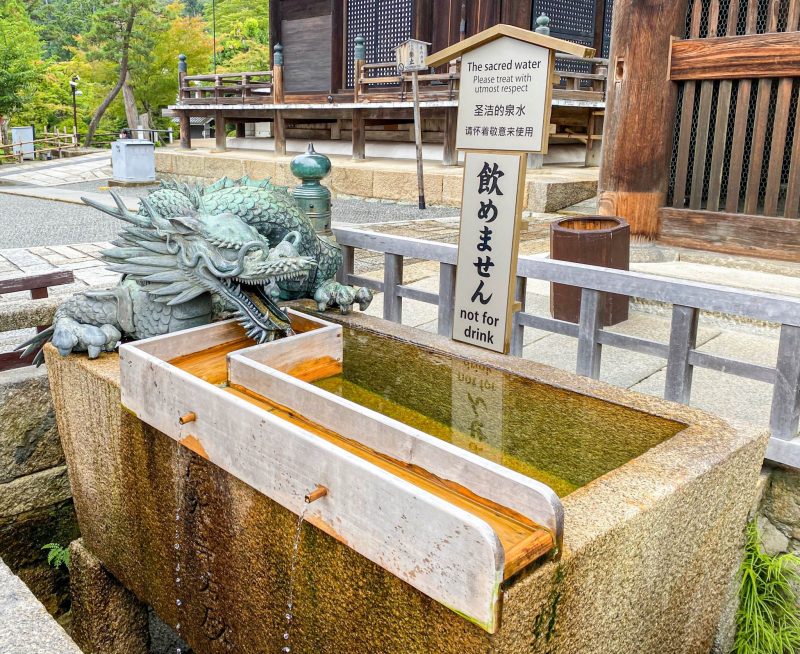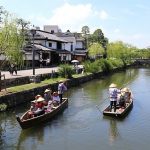Just like everything else, the pandemic has changed the way temple and shrine visits in Japan are done. Touching anything with your hands at religious places is not advised at this time in Japan. Some rituals at shrines and temples all over Japan have been discontinued at least for a while, just as the custom of shaking hands in western countries.
New Procedures
The ladles which shrine visitors use to wash their hands, ringing bells with the ropes, touching a Buddha statue with hands, holding a wooden container of fortune-telling paper are all infection risks. But temples and shrines have come up with new ways to protect the visitors from COVID. Some examples are:
- Some temples and shrines introduced sensors and QR codes for visitors to draw fortunes.
- Hand-written calligraphy and seal-stamps on a notebook (Goshuincho) are not practiced anymore at temples. They are replaced by a paper with printed calligraphy and seal-stamp.
- Washing hands and rinsing mouth using a shared ladle is a no-no. Instead, some shrines placed a water basin surrounded by wooden frames with small holes where visitors can wash their hands from the water coming out of the holes. (See the main photo)
- The ropes connected to the bells have been removed or tied up in a manner to make them unusable.
- Statues that were once t9uched for healing or good luck now have signs asking people not to touch the statue.
I don’t follow these rituals during temple and shrine visits but the lack of contact makes the spiritual connection seem weaker.
Each temple and shrine has decided what mitigations to implement and what mitigations not to implement. We appreciate all the efforts temples and shrines have done for the visitors. Once the pandemic is over, whether the traditional practices will be reinstated or not remains to be seen.





